1. Promenade
The title is, of course, taken from Mussorgski’s “Pictures at an Exhibition”, where he would use different compositions based on a unifying musical idea to tie together the individual pictures.
Early in the creation of the #secretalbum project, I decided that the individual sections of the album (which now have become individual releases) would then be intertwined with something similar – which I also decided to call “Promenade”.
With the shift to several individual releases, it was clear that the Promenade was no longer actually needed – but I still liked the idea, so I decided that every #secretalbum release would have its own Promenade, essentially arrangements of a common musical idea, here displayed in graphical notation.

Musically, it’s modal harmonies, with the two lead voices moving between different scales and root notes, all that with an arpeggio figure not dissimilar to Bach’s “Prelude I” from “Das Wohltemperierte Clavier”
This version of the promenade is two kinda-lead voices (a clean electric guitar and a piano), which are accompanied by loads of synthesizers. For the lead voices, enter Neil Alexander, a pianist/synthesist of whom I became aware via twitter. Even with his cramped schedule, he was able to contribute those two tracks as MIDI files (which I then implemented using Cubase HALion’s Yamaha SE90 stage piano and Kontakt 2′s VSL electric guitar). For the synthesizers, enter Two Quiet Suns (with whom I got in contact after Thomas Mathie had recommended their excellent Kepler Mission album). For the three synthesizer parts in total, they provided no less than two recordings of eight stereo tracks each for me to choose from – which I did. Finally, to lighten up all that synthetic sounds, I was able to convince Todd Matthews to play the synthesizer bass part on double bass – which gives the overall sound just the needed kind of “life”.
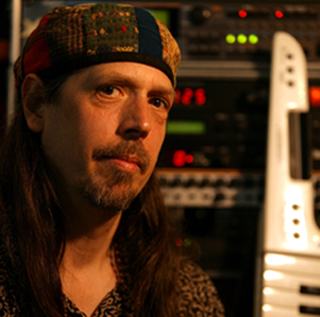
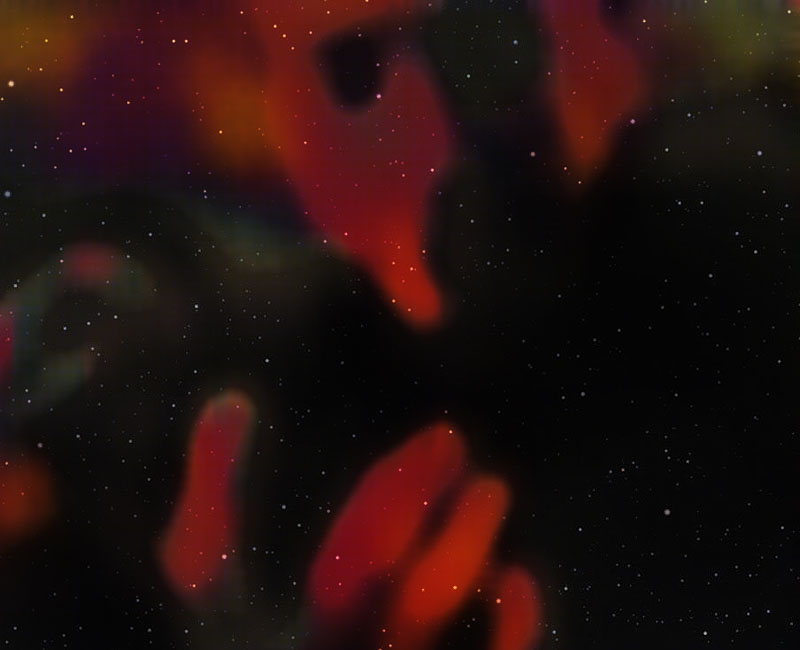
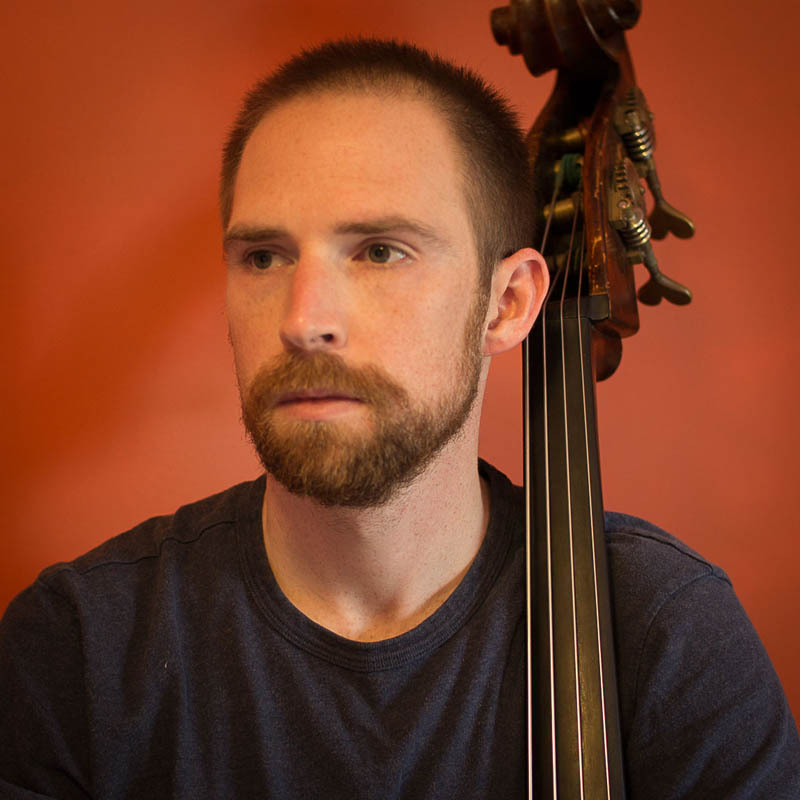
2. Die Kraft der Wassersuppe
Of the lots of synthesizers on this album, this is perhaps the track with the highest number of individual parts. More specifically, in addition to the synthesizer lead in the second half, there’s three separate harmony parts plus a synth bass part, each of which was recorded with no less than three individual synthesizers, one of them being recorded to nine individual tracks here (the Matrix-1000 rendition of the “analogue pad”) part.
More specifically it’s an “analogue pad” part with a HALion soft synth, a Waldorf Q and nine takes of an Oberheim Matrix-1000. For the “digital pad”, it’s Cubase’s Spector, the Korg Wavestation KEX and an Ensoniq SQR. For the “rhythmic pad” entering in the second half, it’s Steinberg’s old XPhrase, an Access Virus B and a Kurzweil K2600XS. Finally, the bass is done by a combo of the Kurzweil, the Ensoniq and a DSI Evolver.
It’s again modal harmonies, with a repeating bass figure in 3/4, which shifts to other meters for the end of each pass. The arrangement is a simple A-A’ one, with a theme being stated in the A part, before the synth lead takes up in the second half, only to go two-voiced with the Theremin and off into the coda.
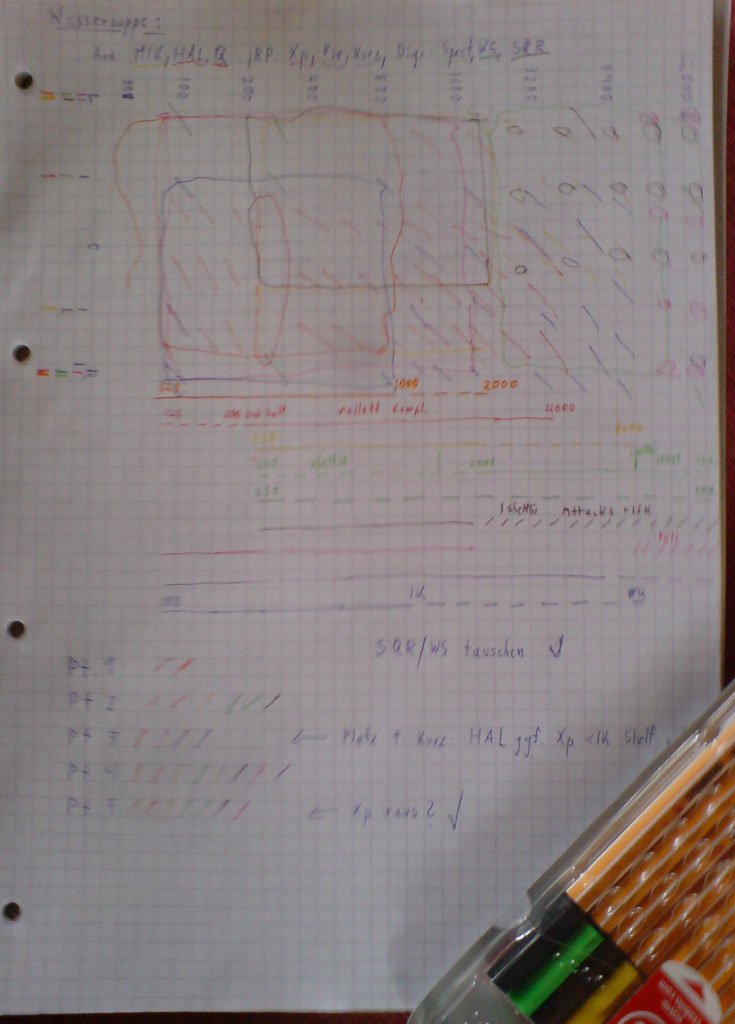
That's what in my lingo is a "spectral review"
A propos theremin: this is one of two tracks on the album to feature synthesizer and theremin (and organ, and a lot of other things) specialist Kevin Kissinger (whom I originally met on Looper’s Delight) – great performance on an underrated instrument!
3. A Dance Song
My first virtual collaboration: I got in contact with a guy via a network called KultNET. He played drums, I needed a drummer. Without ever meeting (or even exchanging a phone call), he recorded drum parts for my JANUS album, such as for the track Weißbier (in my house). The year was 1996. His name was Guido Kremer.
Fast-forward ten-some years: as part of my kybermusik project, I met guitarist Jeff Duke (who mainly plays electronic effects thingies and uses a guitar to feed them) and did a virtual session with him. We both decided to do something with that recording.
Fast-forward to #secretalbum: After listening to our recording, I decided to use the sounds and parts as material for a new original composition. The eerie trombone solo was used as the input for an atonal, fast-paced trombone lead (via Cubase’s VariAudio), Jeff’s pads were left almost unchanged, and one of his notes changed into a bass guitar. Add some drums to that, and you got yourself some kind of a wicked dance song. Now I needed drums.
This was about the time when Guido contacted me on twitter. He still played drums. He was game to record some drums for the track for me. The rest, as they say, is history.
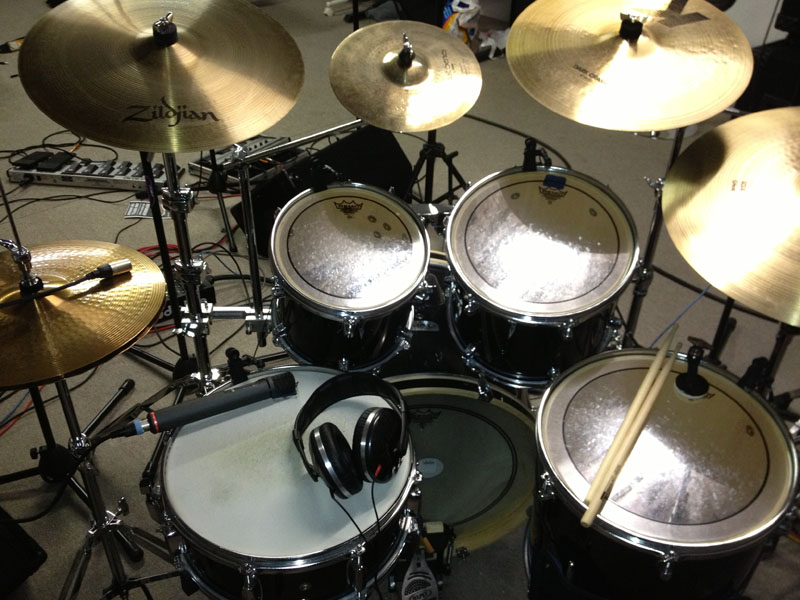
A Dance Trapset
Music-wise, this track is mainly the wicked trombone lead and Guido’s drumming. Something to get the groove going indeed.
4. Ursus Maritimus
During the beginning of the #secretalbum project, I would often sit at the bar in my favourite pub in München (one Abseits) and write music. This worked perfectly well: Abseits had a combination of medium-loud rock music and medium-loud conversation in the background, which appeared as a rather loud noise floor – which then wouldn’t distract you from writing music.
One of the tracks written here is this little ditty. It includes, again, loads of synthesizers. More specifically, a Kontakt 2 Celesta pad and an original Nord Modular G2 additive patch for the bell-like sound, a combo of Cubase’s Spector and a Korg Wavestation KEX for the pad, and a combination of Yamaha FS1R and Kurzweil K2600XS for that soft part that is nearly inaudible. And another Nord Modular for the bass. If you’re listening to this on your laptop, you might just miss the sine-wave bass synth (Nord Modular) on this one…
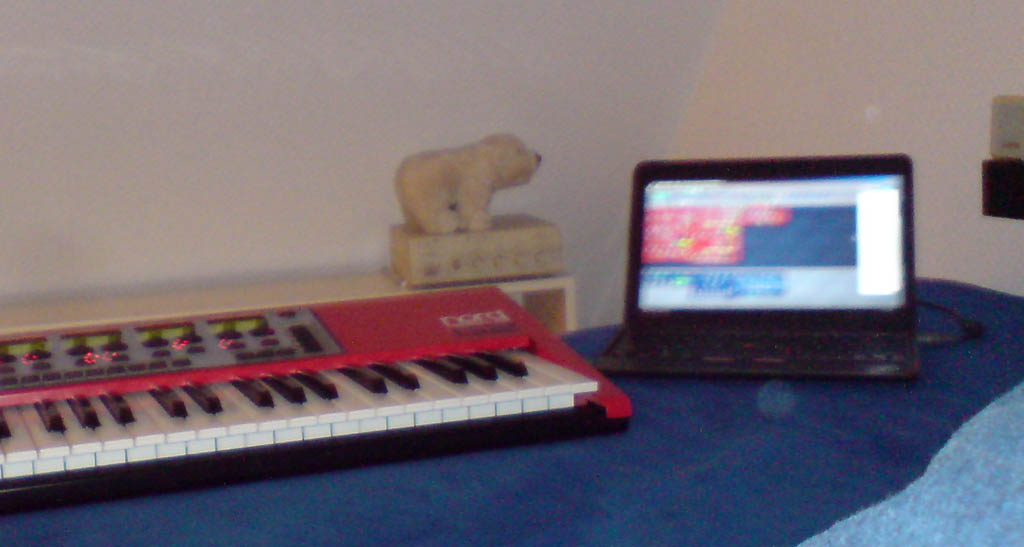
Ursus Maritimus watching over the Nord Modular G2

